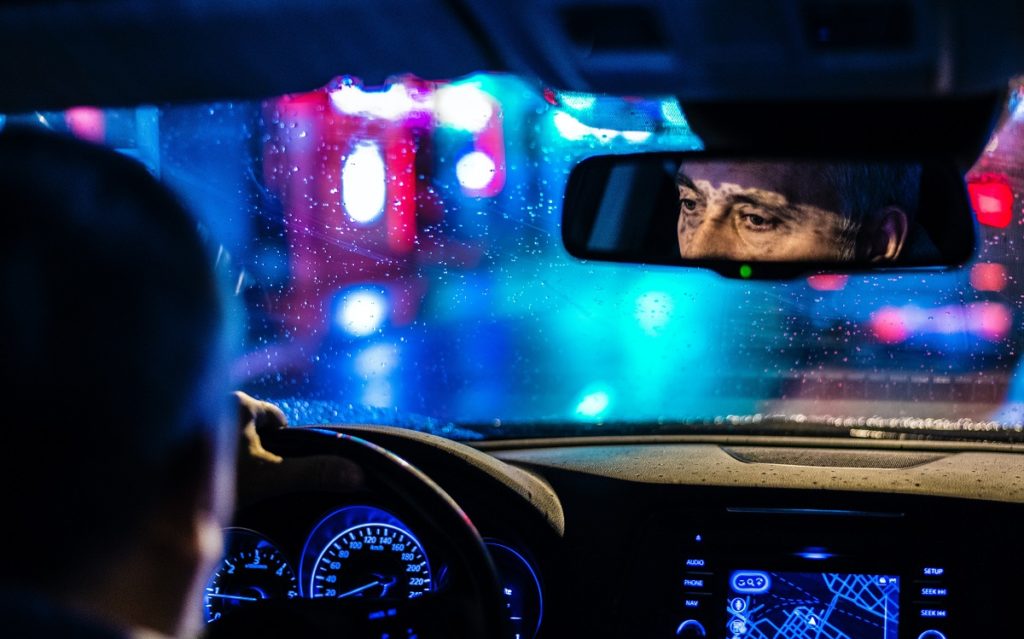A fully capable self-driving car that can be left to its own devices doesn’t exist yet. Every now and then, unfortunate incidents take place and seriously question the viability of driverless vehicles.
Back in March 2018, a self-driving SUV owned by Uber ran over a woman in Tempe, Arizona. It was the first official case of a self-driving car casualty involving a pedestrian. The woman, Elaine Herzberg, was crossing the street late at night when the Uber test vehicle suddenly struck her. She passed away shortly after being rushed to a nearby hospital.
Key factors contributing to the accident

The U.S. National Transportation Safety Board (NTSB) found several parties at fault for the fatal incident.
First, while there was an Uber employee inside the self-driving car that night, the human operator neglected her responsibility to monitor the road. Investigators found that Rafaela Vasquez was visually distracted by her phone, which was streaming The Voice.
Second, Uber’s Advanced Technologies Group did not even have a safety division. There was no safety manager designated to oversee vehicle testing and uphold safety best practices. As a result, the lack of oversight allowed erring human operators to violate basic safety protocols.
Third, Arizona was deemed to be lacking in policies that regulate autonomous vehicle testing on public roads. Investigators stated that lax regulation of tests involving self-driving cars contributed to the crash.
And lastly, while she was ultimately the victim, Herzberg had methamphetamines circulating in her system at the time of the accident. This led investigators to conclude that she might have not been in the best state of mind when she went beyond the bounds of the crosswalk as she crossed the street.
Self-driving cars need to improve road perception
While several factors contributed to the accident, with varying degrees of responsibility, the spotlight shines squarely on the vehicle’s failure to accurately perceive the situation. The self-driving vehicle that hit Herzberg actually did not consider that pedestrians could jaywalk.
According to the NTSB’s report on the incident, Uber failed to program the car to recognize that jaywalkers outside of the crosswalk are still human pedestrians. The vehicle’s sensors only recognized that there was someone in the way less than two seconds before impact.
The entire incident showcases just how much self-driving cars need to improve in the area of road perception. At the moment, even the best systems incorrectly perceive the environment around them.
Moving forward
Companies developing self-driving technology must develop redundancies in the vehicle’s system to ensure that accidents are less likely. Aside from attentive human operators, a mix of cameras, radars and detailed maps can help vehicle sensors triple check for incoming impact.
In the not-so-distant future, as more self-driving cars hit the roads and more industries make use of them, safety protocols must continuously evolve. For instance, fleet management software would need to conduct regular checks on its accident management system to ensure that safety is exercised at all times.
Self-driving cars will no doubt improve their capabilities in due time. If companies such as Uber consistently commit to erring on the side of safety, then we might arrive at our destination with fewer unintended casualties.




